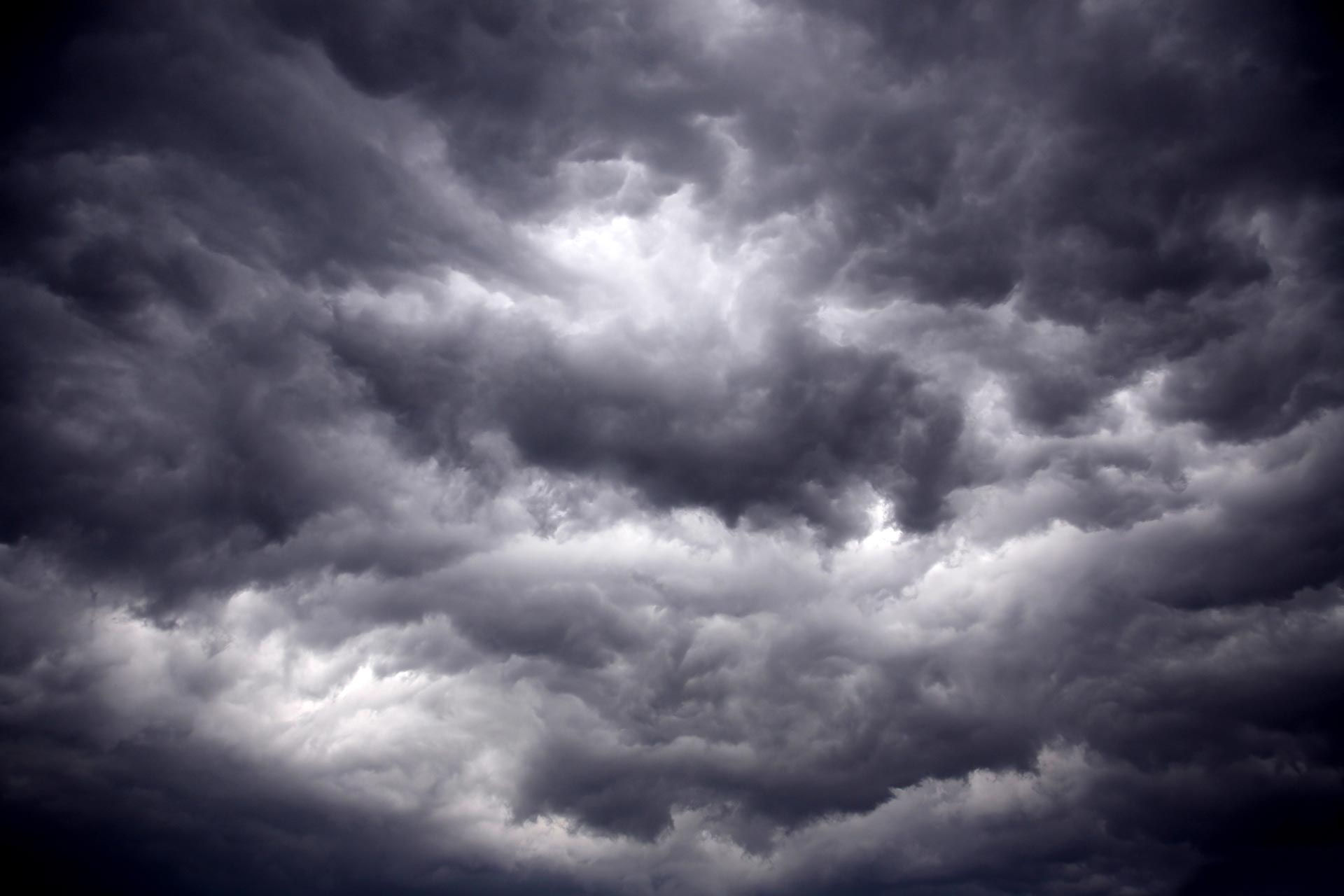A NON-TRADITIONAL FORECAST, GET A LEARNING PERMIT HERE...
- terryswails1
- Oct 14, 2019
- 3 min read
Hi everyone, if you have not done so, please consider a voluntary subscription to TSwails of $12 dollars a year ($1 dollar per month). The future of the site is dependent on your contributions. We hope you see the value and hard work that exists in the daily content. There are new features currently in development that I think you will enjoy. Thank you so much for your consideration and help. To subscribe click on the secure green box below.
The weather the next few days won't be nearly as interesting as what we saw last week. The historic storm that buried parts of the Dakota's and Minnesota with record snows and brought the first freeze to my area is now a thing of the past. Despite the more relaxed look of the atmosphere there are subtle things going on that will have a large impact on the Midwest long term.

This long range re-alignment first entered my radar over a week ago when it became apparent that super Typhoon Hagibis was going to make a turn north in the western Pacific aiming its remnant energy towards the Bearing Sea. There's an old forecasting rule a re-curving typhoon is likely to form a downstream trough over the eastern U.S. in the 6-10 day period. That opens the door for cooler air to find its way into the eastern half of the nation. Her'es the turn I'm talking about.

The storm approaching Japan prior to the weekend. Up to 30 inches of rain and many deaths in the northern part of the island.

Now the reversal to an east coast trough is a big change in the pattern because much of September and October the east has been dominated by a strong ridge that's kept temperatures well above normal. That thermal set-up is clearly evident in the departures over the past 45 days.

Finally, the MJO (Madden Julien Oscillation) also sees the change. It is moving from phase 1 where its been for a prolonged period of time into phases 2, 3, and 4. More often than not the MJO signals a pattern change before the models ever do. In this case, I was able to suspect the change even before the MJO because of the Pacifc typhoon. That pattern recognition (one of the things good forecasters pick up on) gave me some added lead time to get out in front of the trend.By seeing the track and intensity of that typhoon I was pretty sure it would be the catalyst to get the MJO moving again.

Once again, I am always looking to the MJO for its skill in seeing pattern changes several days in advance of the conventional operational models. Here's what phase 2 of the MJO in October correlates to in terms of temperatures and precipitation.

My local area is on the western edge of the eastern trough and its pool of cold air. The NW flow should also keep things dry through most of Saturday.
If you go further into the MJO progression you can also see (by the dotted green lines) that it eventually rotates from 2 into phases 3 and 4 by the end of October. Here's what those phases correlate to in October. They clearly lean to the cool side of the ledger, especially phase 4 when the mean trough is further west over the central U.S.

So in this exercise, by simply knowing that a Pacific typhoon is re-curving and what phase the MJO will be in, you can make a reliable forecast of temperatures for at least a couple of weeks without even seeing the traditional models. But of course we have them and now sure enough they are in sync lending high confidence to the temperature trends the rest of the month. This is the 10 day average departure off the GFS ensemble October 20-30. That's a pretty cool look.

OK, I'm done with that. The next feature we deal with is a cold front that scoots across region Tuesday. Only a few showers are expected and they look isolated and light, generally east of the Mississippi or up in Minnesota and Wisconsin. Most areas won't see the showers.
Highs should be in the 50s but readings may fall later in the day as the cold air surges southeast. Look for winds to pick up as gusts reach 25 to 30 out of the west northwest. Wednesday will be a very crisp day with highs holding in the 40s to low 50s. The cool air will gradually modify and pull out this weekend but by then rain chances will return to the region, especially Saturday night and Sunday. Roll weather...TS














Comments